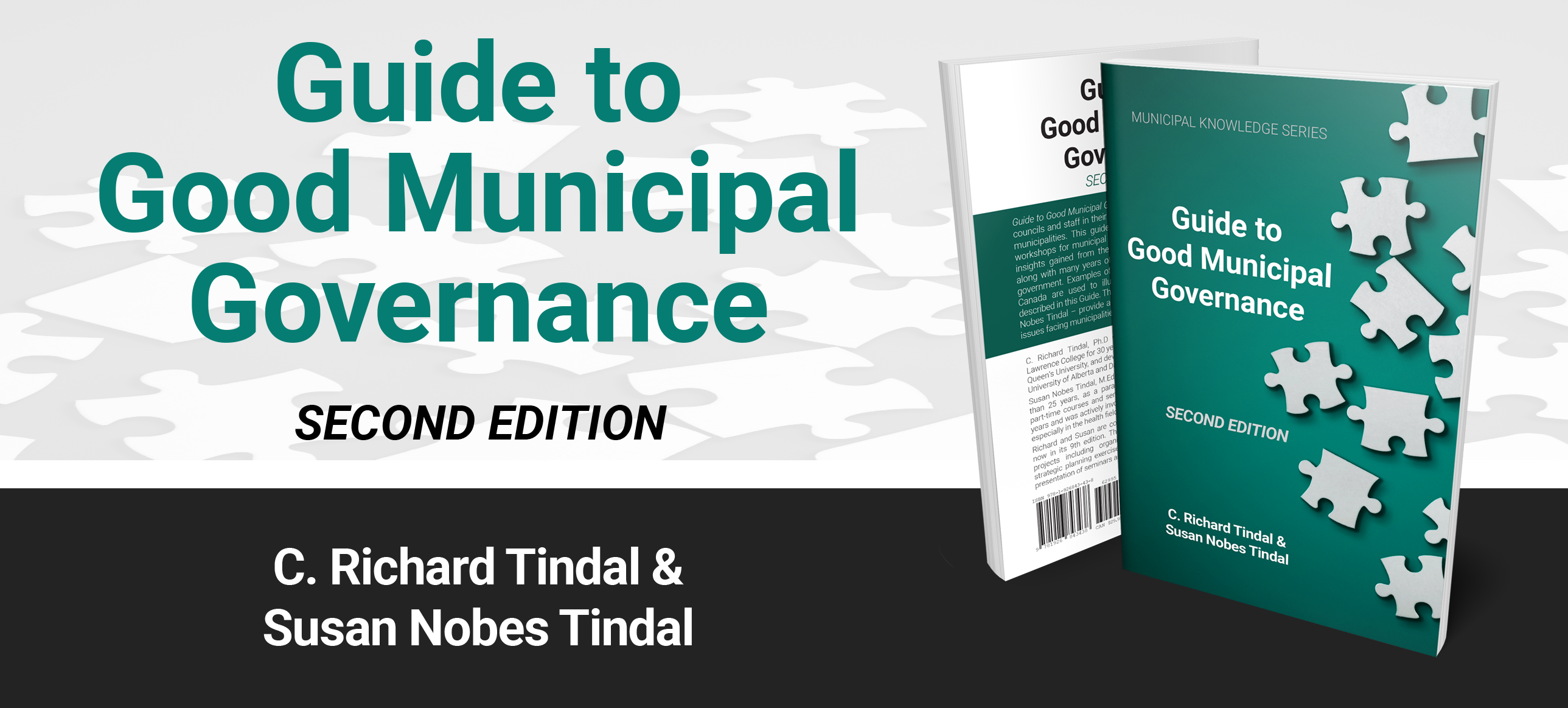Romance in the office

At this very moment, across Canada, there are a number of instances wherein a relationship is either developing between a member of council and a member of staff or between a member of senior administration and someone junior or subordinate in the organizational structure. Given the calls I have received on this topic, I believe that the foregoing is a reasonably accurate statement. Should this be a surprise? I would not think so. Anytime people are placed together in a close situation and on a frequent basis, “romantic sparks” may result. It happens in the corporate world, and it most certainly can and has happened in a local government environment.
Sometimes, people are lonely; at times, their own relationships at home may be frayed; or there may be an attraction based on access to power or excitement. Working with someone in close proximity or someone who seems attractive for whatever reason can be very difficult to resist.
Should the prospect of an office romance be a cause for concern? Should those in leadership not simply set it aside and move on to more pressing business issues? So what if people become romantically entangled? Is that not their own business? After all, who could possibly be harmed?
Two Members of Council
Where the romance involves two members of council there will and should be some concern. Legal counsel should be sought with respect to the potential for bias on issues or the potential for conflict between such members whenever a board or committee goes in camera and presumes it is dealing with just those players in the room. Where council members are romantically linked (or are married, which should still likely infer the same thing!), the suspicion may be that the partner of the one will have access to confidential materials before the rest of the council. This would likely occur wherein you had one of the two appointed to a council-appointed board that had the authority to make decisions and whose members may have been briefed confidentially (say to release the CEO/senior manager of the board), but which information would not therefore be made available to the rest of the council. It may reasonably be presumed that the pillow talk would likely see one party briefing the other based on their trust in the confidence being maintained.
If the romance begins subsequent to the election, the public may feel that their vote for independent voices just became somewhat more complicated. Legally, the matter may be considered legitimate; politically, it may be quite a different story. If the mayor is one of the participants, the matter may be further complicated and may serve to divide council, who may be split in its voting pattern and concerned that the mayor’s one vote seems to be two. The appointment of a deputy (or acting) mayor may be another instance wherein the perception coveys a message that may have been unintended. A councillor who is sensitive to this perception may waive their opportunity to serve a term as acting/deputy mayor.
A Councillor and a Staff Member
Where the romance involves a member of council and a senior staff member, the plot thickens. In this instance, the perception problems likely increase. The member of council will be questioned whenever he or she voices an opinion about an administrative issue (e.g., I hear the morale is poor) because of the presumption that the source came from the other end of the pillow. Both the CAO and council will continually question the source of information for that councillor, particularly when it would seem to be information only known to that councillor. Further, where decisions are being made vis-à-vis compensation for senior staff, the potential for conflict of interest looms large. Again, a requested increase in the budget for the department led by the significant other may well be challenged if the council member is heard arguing support for the increase. The potential for perceived conflicts are endless.
It does not have to be a senior member. In a recent study, the councillor was married to a member of staff who happened to be the chief representative for the union. Given council’s role in approving the results of the bargaining process or even the strategy to be followed by council’s negotiators, absence from the chambers would seem a recommended course for the councillor so involved.
Where the relationship is between the member of council and a junior staff member, the need for very tight secrecy/confidentiality is no less great. Rumours that are driven by a loose word here or there uttered by the staff member will quickly be attributed to the member of council.
CAO and Staff Member
While good management principles would suggest that the CAO be viewed as treating all members of staff equally and without bias/favour, it is difficult to see that being possible when a staff member is romantically linked to the CAO. Affairs of the heart do not lend themselves to rational behaviour. Regardless of the best of intentions, the CAO and staff member will be watched very carefully by the other staff, and any inkling of favouritism in treatment will be met with criticism from others, who feel that bias has impacted the CAO’s capacity for good decision making.
Where there is a direct reporting relationship between the CAO and staff member (e.g., a department head) the matter becomes more difficult. The CAO will likely have a policy of rotating his/her role when on holidays or away from the office to a conference. The employee romantically linked to the CAO should not be asked to fulfill such a role as that would impair the sense of confidentiality which is needed in that position and will again be perceived as taking advantage of the situation.
What Should be Done?
Turning a blind eye is never a good solution. The organization expects its leaders to act in a reasonable and ethical manner. To suggest that a brief chat with those involved will end the relationship is highly unlikely. Rather, the matter should be recognized for what it is and should involve the mayor and CAO discussing the strategy to be employed. The head of human resources could be called upon for input based on his/her training or contact with the legal counsel to the municipality might be a wise course of action.
The proper course of action would also include considering what the policy or code of conduct says and what ethical standards have been agreed to within the corporation.
Where there appears to be some potential of conflict or a negative impact on morale, those involved should be called to a meeting (with either the mayor or CAO or both depending upon who is involved) and the matters ought to be discussed in an atmosphere of openness, candour and compassion. The key is to maintain a functioning organization while recognizing that people not widgets are involved. A protocol should be developed which allows the organization to move forward with structures put in place which inhibit the potential of implosion.
It seems to me that the key is not to appear overly judgmental or prudish or alarmed. Being a rational voice in what might otherwise become an explosive situation will be welcomed by most if not at the moment at least when the dust has settled and the pillows put back into place. MW
as published in Municipal World, July 2010
✯ Municipal World Insider and Executive Members: You might also be interested in Steve Maloney’s article: The municipal “good to great” journey. Note that you can now access the complete collection of past articles (and more) from your membership dashboard.
George B. Cuff, FCMC, our governance zone expert, has been involved in local government in one way or another since 1970. He has been a recreation and youth specialist, a department head, a mayor for 12 years, and a consultant/advisor to municipalities since 1976. He is the author of nine books on local government policy governance. His latest book is a children’s guide to local government: Tucker Goes to City Hall. He has also written hundreds of articles and columns in Municipal World since 1984.
Related resource materials:



